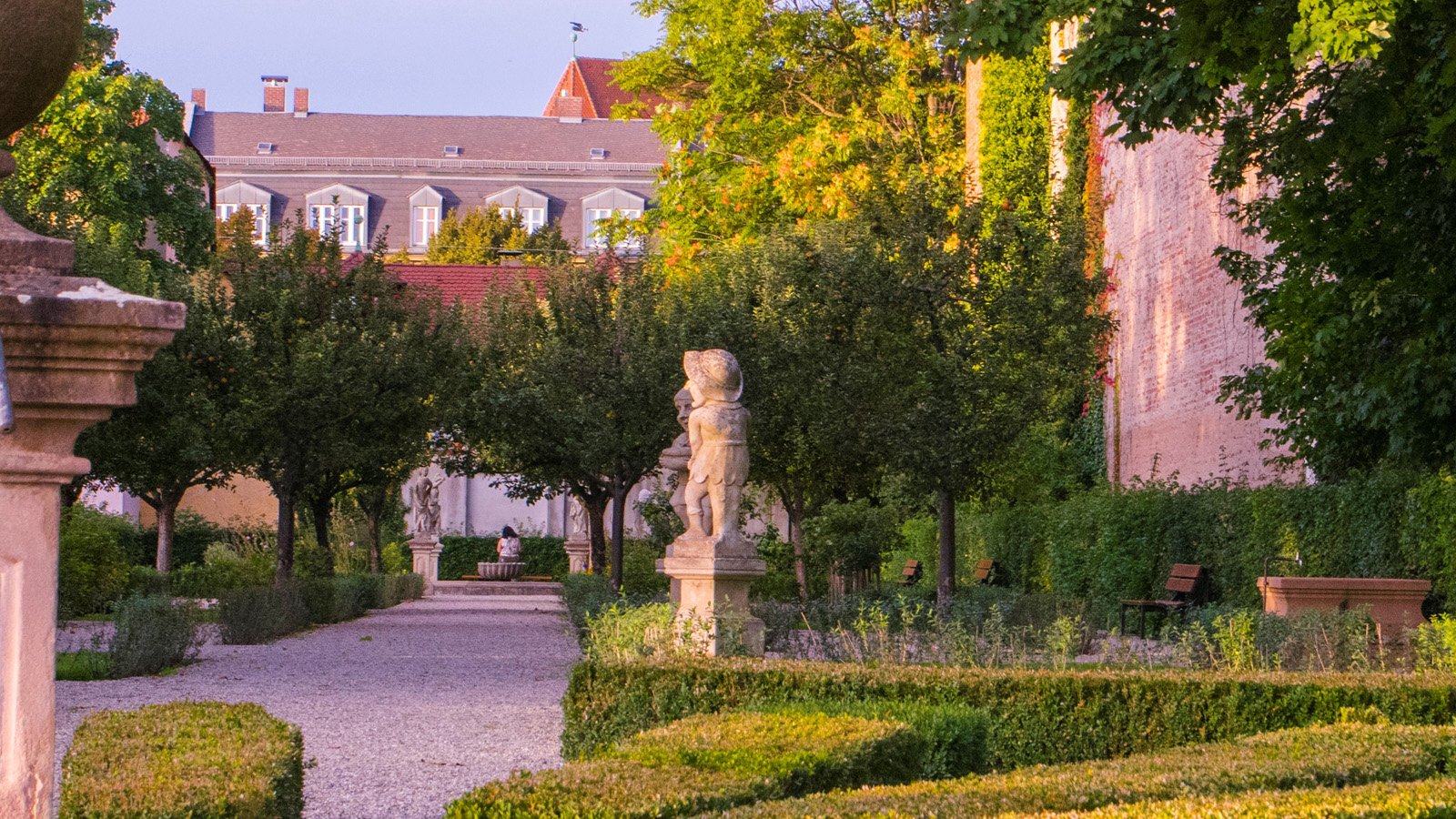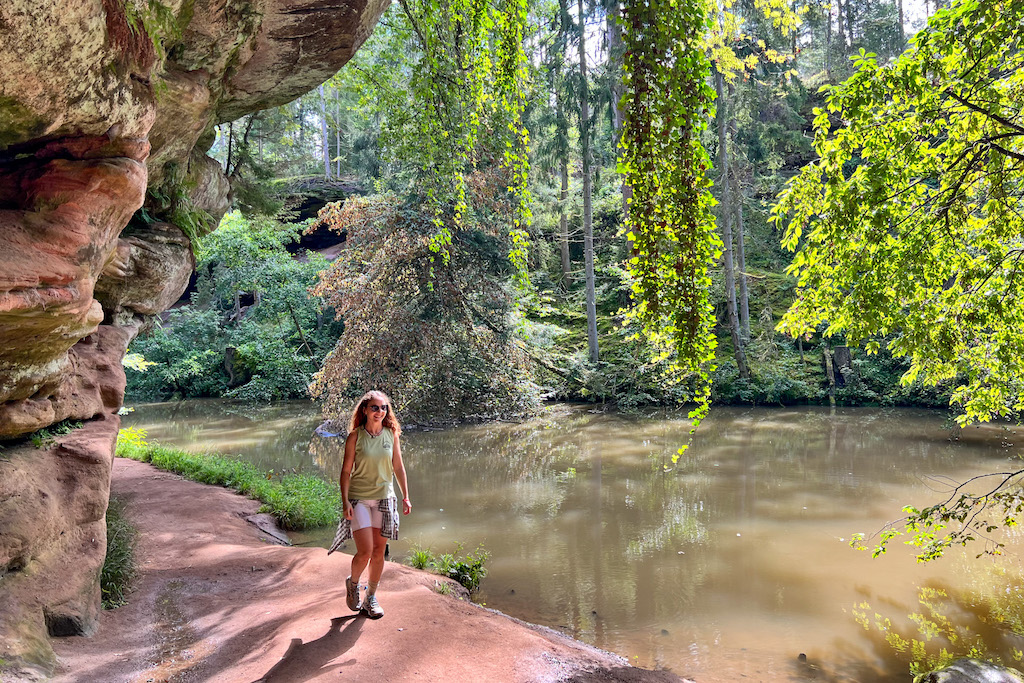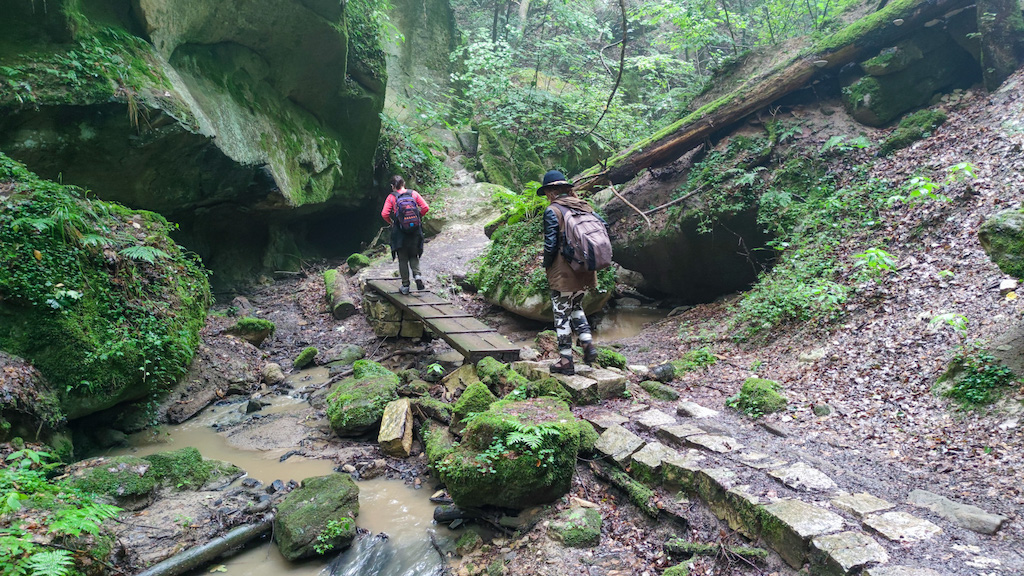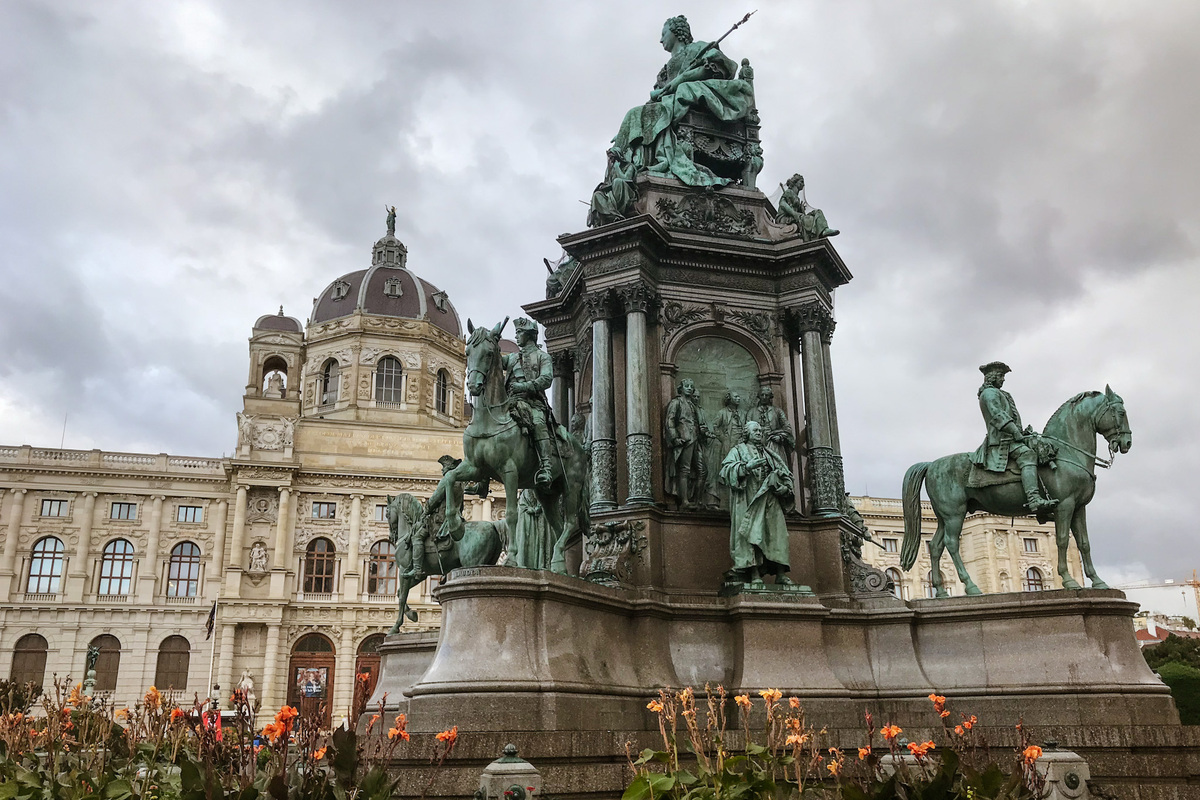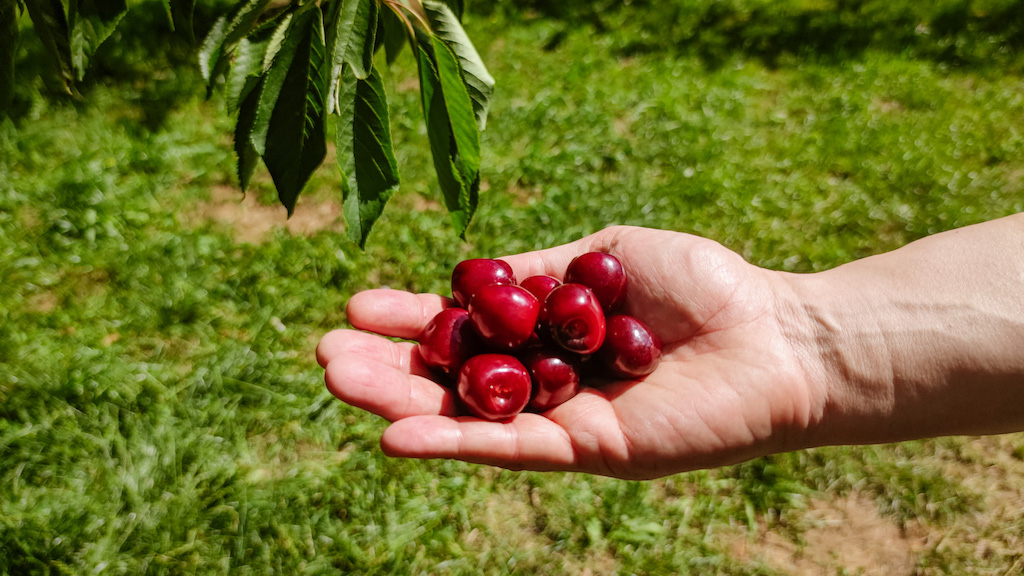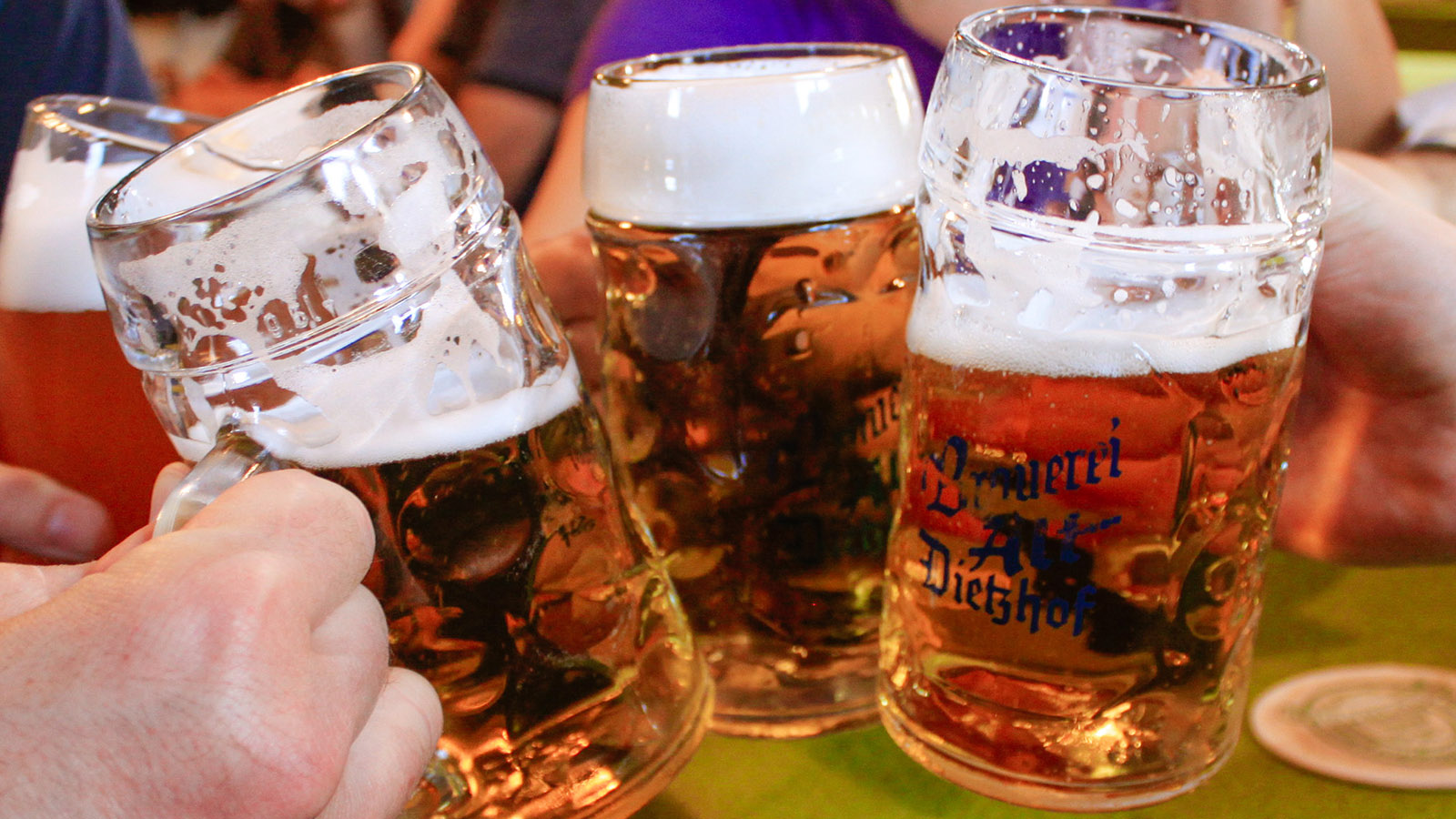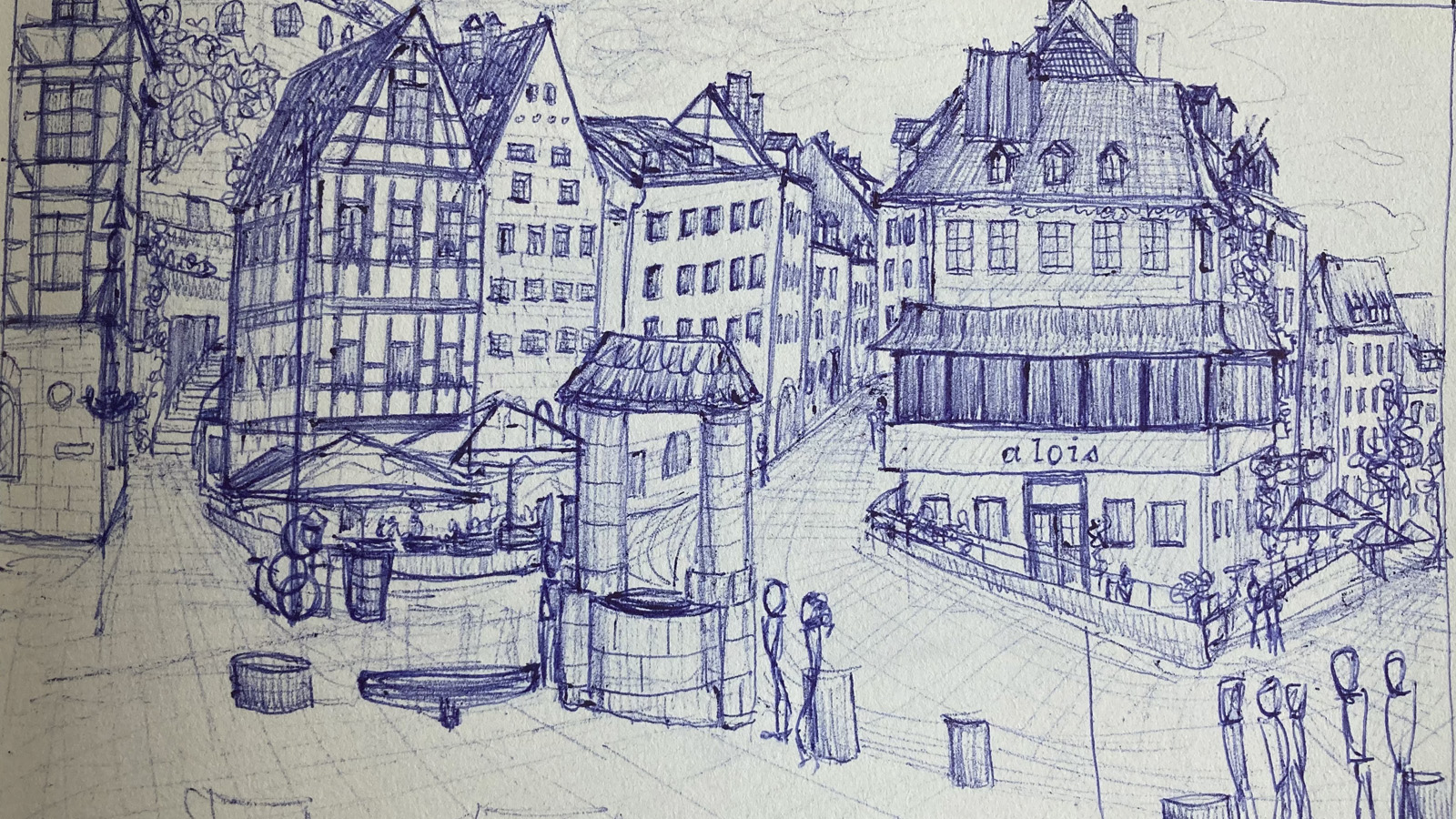Despite being praised on the internet as ‘Nuremberg‘s famous Baroque Gardens’, the Hesperiden Gardens remain unknown to many – locals and non-locals. The only ones who seemingly know about the gardens are tourists, despite a costly refurbishment just this year.
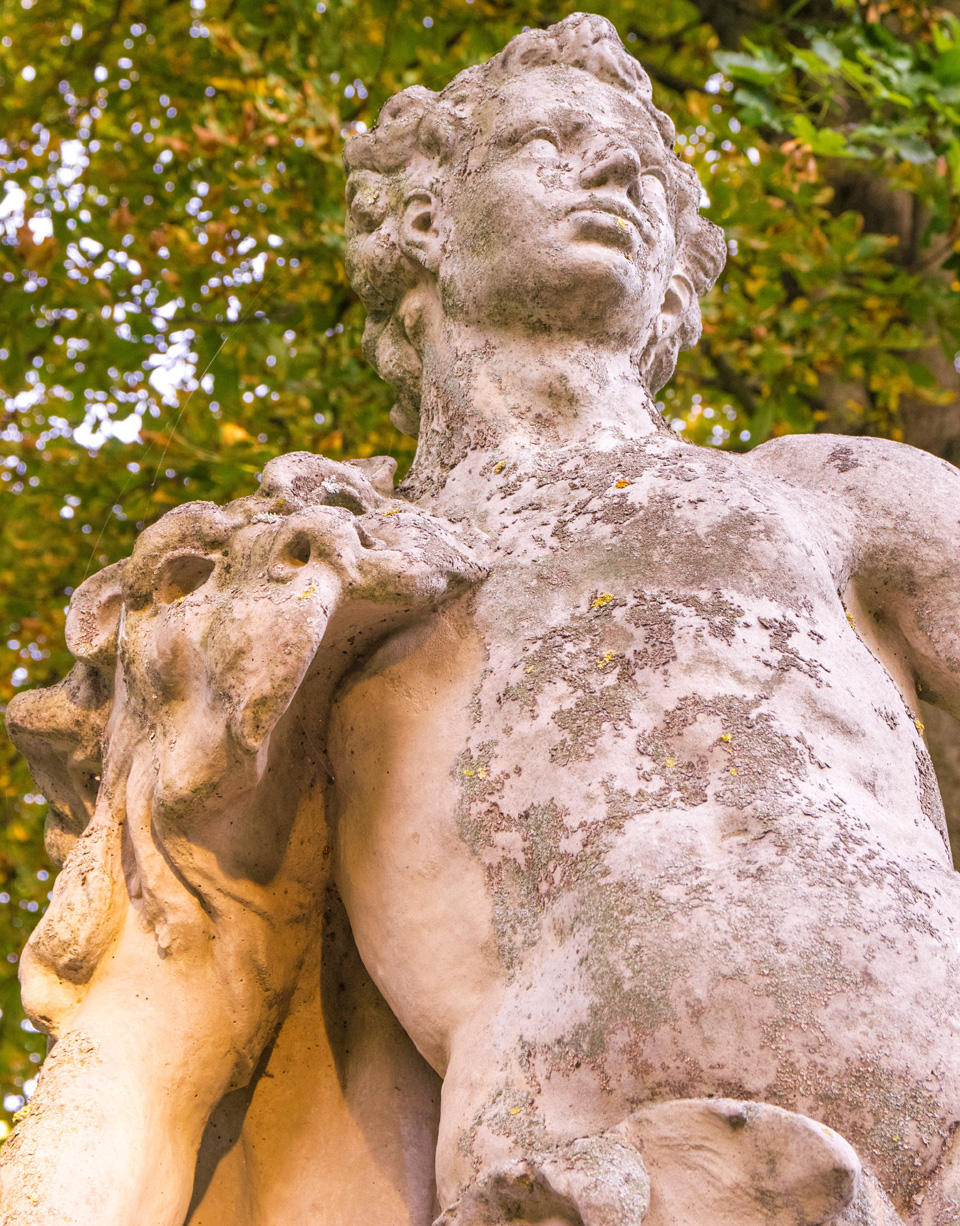
Statue of Heracles
Photo © Guido Casati
The name Hesperiden goes back to both Greek mythology and the lovely colour of the lemons growing on trees inside the gardens. Back in the mystical days of ancient Greece, female gardeners (and funnily also nymphs, the daughters of Atlas) were called Hesperiden. Their duty was to protect the tree of the same name, caring for the golden apples as fruits. These fruits were precious as they belonged to the Gods, a wedding gift to Hera from Gaia, promising eternal youth. However, despite the surveillance offered by the Hesperiden, Heracles succeeded in stealing the golden apples. Despite this cheeky theft, a statue of Heracles can be found inside the gardens today. In the 17th and 18th centuries, scientists classified citrus fruits as hesperidia as they resemble the golden apples of the old Greek legends.
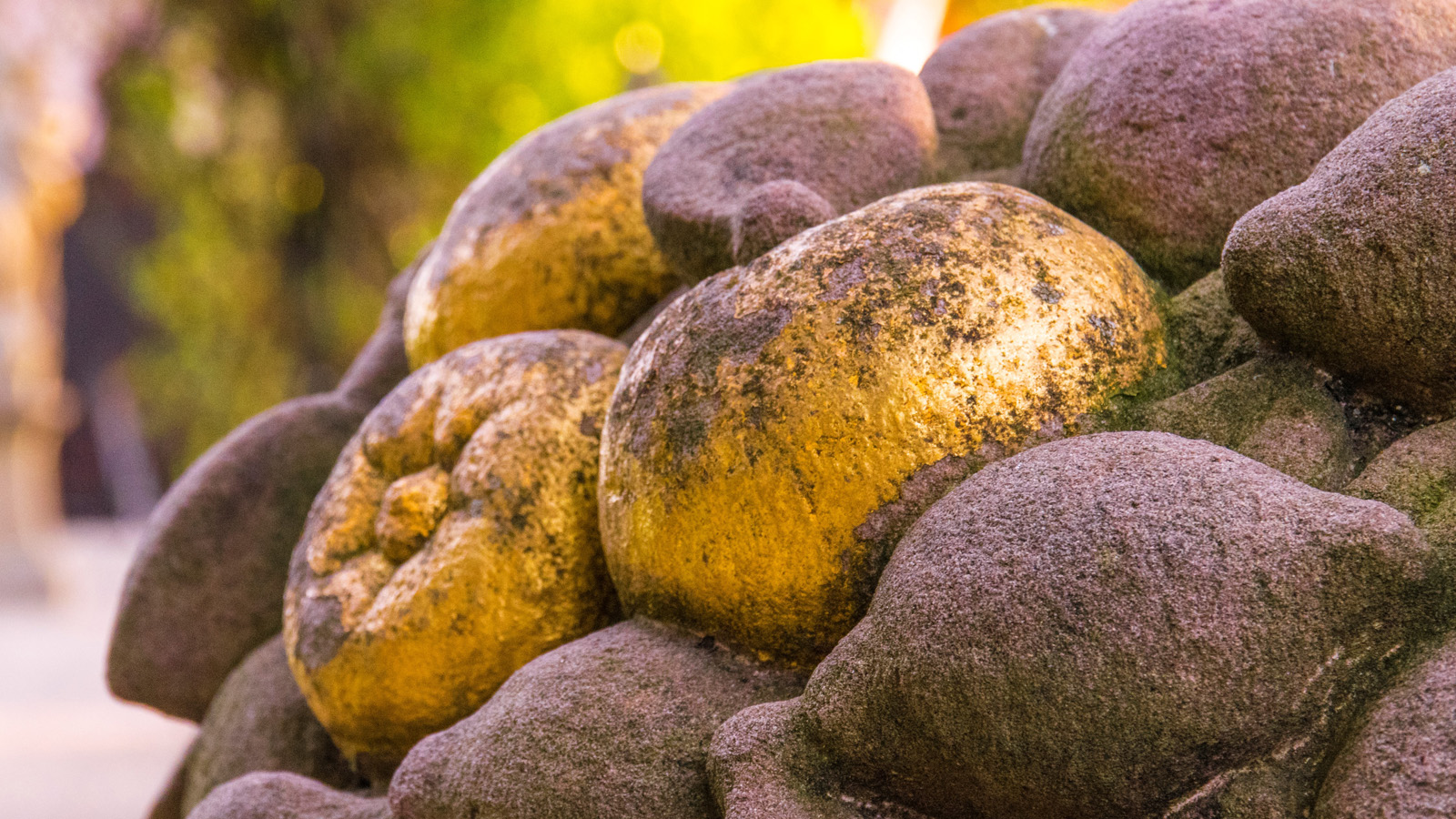
Golden Apples in the Hesperiden Gardens. Photo © Guido Casati
In Nuremberg, despite being mentioned for the first time in the 14th century, the gardens remained unused for a long time. Originally, there were 360 gardens in total, supplying the local population with fruits and vegetables. Farmers also kept their animals and tools inside the gardens. The Middle Ages were a violent time of many wars, especially during the 15th and 16th centuries. Unfortunately, many of the beautiful gardens did not survive. Only in the 17th century, did wealthy local families start to redesign the Hesperiden Gardens in the style of Renaissance and Baroque, bringing Italian flair to the city of Nuremberg.

Statue of Asia
Photo © Guido Casati
When visiting the gardens, take a closer look at the stunningly beautiful statues everywhere. Some of them represent the four seasons; others stand for The Occident, The Orient, America, and last but not least, Africa. Another highlight is the marvellous solar clock close to the southern entrance. Sadly, this stunning piece of architecture has been vandalised several times in the past (there is speculation that some people like to use parts of the solar clock as paperweights).
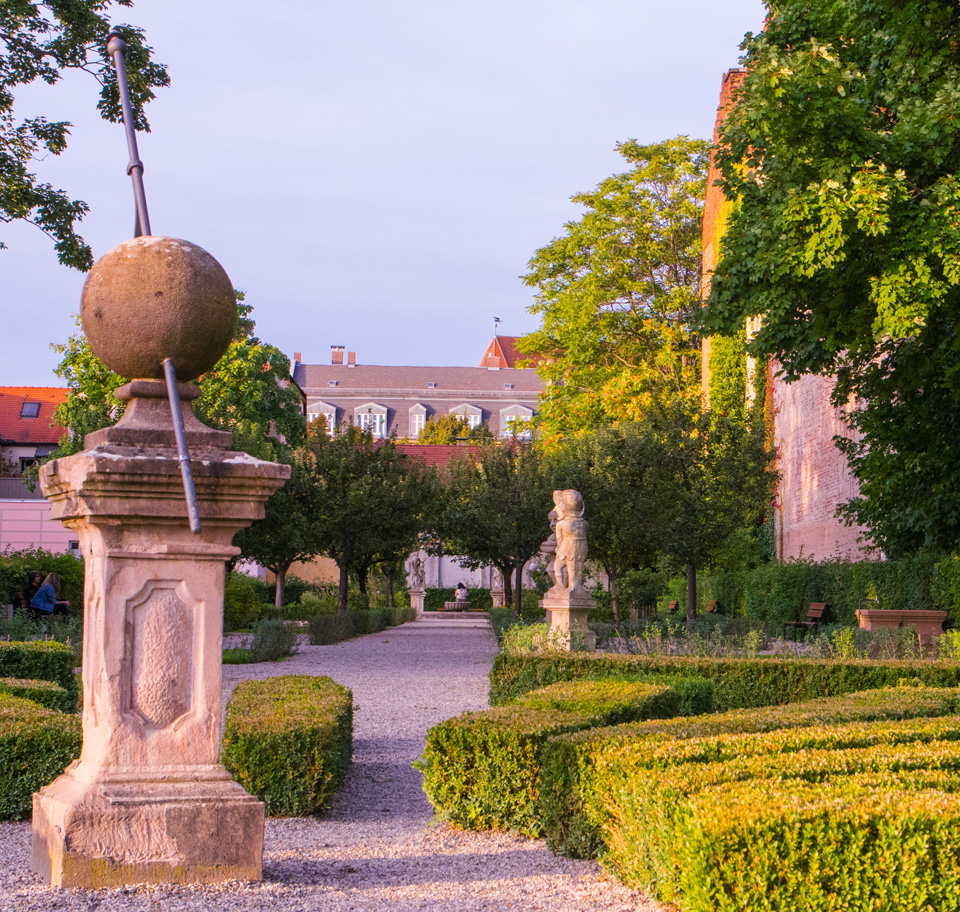
Sundial
Photo © Guido Casati
One last tidbit for you: When admiring the beautiful flower beds, feel free to take home tiny amounts of the herbs growing there. They have been designed by the local Naturschutzbund (NABU), an environmental organisation aiming to educate visitors about the local flora and fauna. It is also permitted to take home some of the apples growing on the many trees inside the gardens (but don’t get too greedy as the Hesperiden may be watching you!).
If you wish to visit this lovely treasure anytime soon, which I am sure you do, please don’t wait too long as the Hesperiden Gardens are open only from 1st April until 31st October (daily opening hours from 9am to 8pm). Please keep in mind that dogs must be kept outside – however, when luck is on your side, you can spot other charming residents of this lovely, totally free public park.

A squirrel in the Hesperiden Gardens
Photo @ Guido Casati


